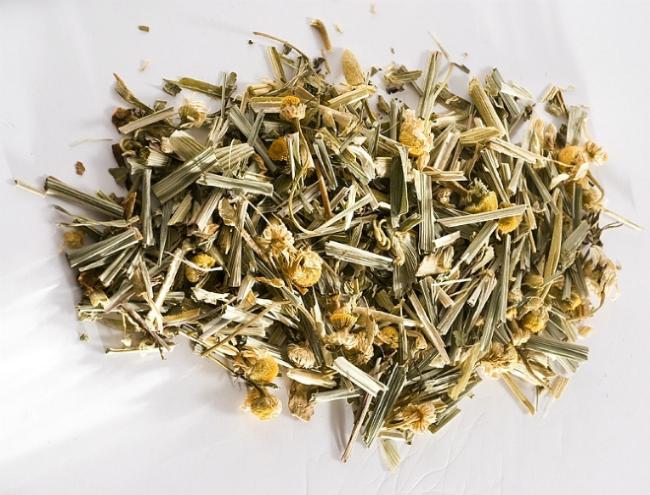In the Know: Camellia's Tea House
I want to incorporate healthy tea options into my spa offering to a greater extent. How can I best do that?
The concept of wellness in spas, rather than just beauty or pampering, is growing rapidly around the world and teas within this context help provide a more holistic approach to wellbeing – compared to simply offering water or juice.
There is now a clear demand from spas for more complementary treatments and the use of wellness teas is a cost effective way to tap in to this trend.
The world of tea can be daunting as there are so many different types available. However, white and green teas, as well as herbal infusions, are generally considered to have the most health benefits.
A combination of these, as well as fruit teas, would be my recommendation for which teas to use in the spa. Most people know that green and white tea and herbs are good for you, so focusing on these as refreshments in the spa would be ideal.
Wellness teas are often served in the relaxation room pre or post-treatment, and can be prescriptive. For example, certain teas complement facials by helping to reduce inflammation, while others increase the benefits of massage by helping the muscles relax.
Many spas are now also creating bespoke herbal teas, which are unique to their business. Additionally, teas are very sensory and premium herbal teas that include whole flowers can look beautiful when stored in glass jars or presented in glass teapots in the spa.

I believe that teas should be an important part of the wellbeing process. Tea, and green tea in particular, is often used in cooking as the leaves contain many healthy compounds – even after brewing.
Incorporating green tea into your offering can help illustrate to your clients how important wellbeing is to your spa ethos.
Ajit Madan is co-founder of Camellia's Tea House, a family-run English company that produces wellness teas, supplying leading spas and hotels around the world

